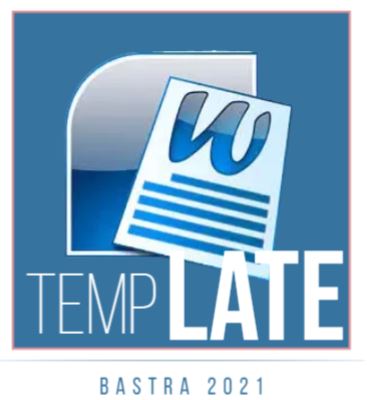Struktur Kata dan Suku Kata dalam Perkembangan Fonologis Bahasa Indonesia Anak Tunarungu Usia Prasekolah
Keywords:
development, word structure, syllable, children with hearing impairmentAbstract
This longitudinal research aims to describe and to explain the structure of words and syllables in Indonesian phonological development of preschool children with hearing impairment. The object of this study is speech that can inform the structure of words and syllables in Indonesian phonological development of preschool children with hearing impairment. The subjects were three deaf children of group A-B TKLB which have a level of mild, moderate, and severe hearing impairment. To collect the data, the researcher used observational techniques, namely: stimulating, recording, and note-taking. Techniques used to analyze the data were sorting, rechecking, and connecting. Based on the results of this study, it can be concluded that (1) the development of the structure of the word in the development of Indonesian phonological of preschool children with hearing impairment were (a) started from the vocoid (V) structure to a more complex structure (CV, VV, VCV, CVC, CVV, CVCV, CCV, VVC, CCVCV, CVVC, VCCV, VCVVC, CVCVVC); (B) from the word structure ended with vocoid (V) to the structures that ended with contoid (C); (2) the development of phonological syllables in the development of Indonesian preschool children with hearing impairment have the following the sequence of V, CV, VC, CVC, and CCV.
Downloads
Published
How to Cite
Issue
Section
License
Authors who publish with PENTAS agree to the following terms:
Authors retain copyright and grant the Engagement right of first publication with the work simultaneously licensed under a Creative Commons Attribution License (CC BY-SA 4.0) that allows others to share (copy and redistribute the material in any medium or format) and adapt (remix, transform, and build upon the material) the work for any purpose, even commercially with an acknowledgement of the work's authorship and initial publication in BASTRA.
Authors are able to enter into separate, additional contractual arrangements for the non-exclusive distribution of the journal's published version of the work (e.g., post it to an institutional repository or publish it in a book), with an acknowledgement of its initial publication in BASTRA.
Authors are permitted and encouraged to post their work online (e.g., in institutional repositories or on their website) prior to and during the submission process, as it can lead to productive exchanges, as well as earlier and greater citation of published work (See The Effect of Open Access).

This work is licensed under a Creative Commons Attribution-ShareAlike 4.0 International License.








